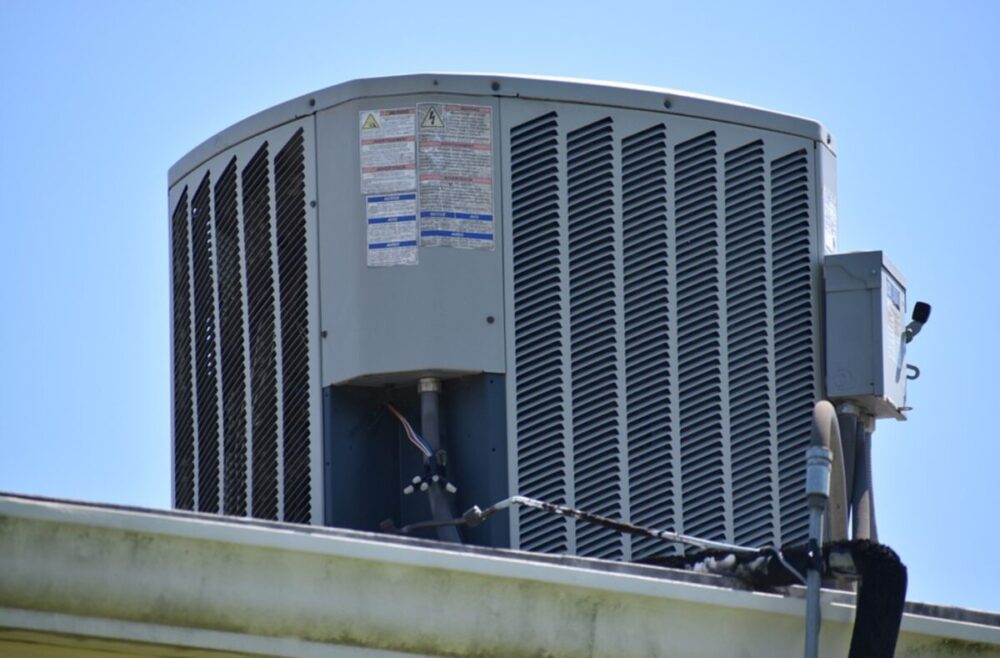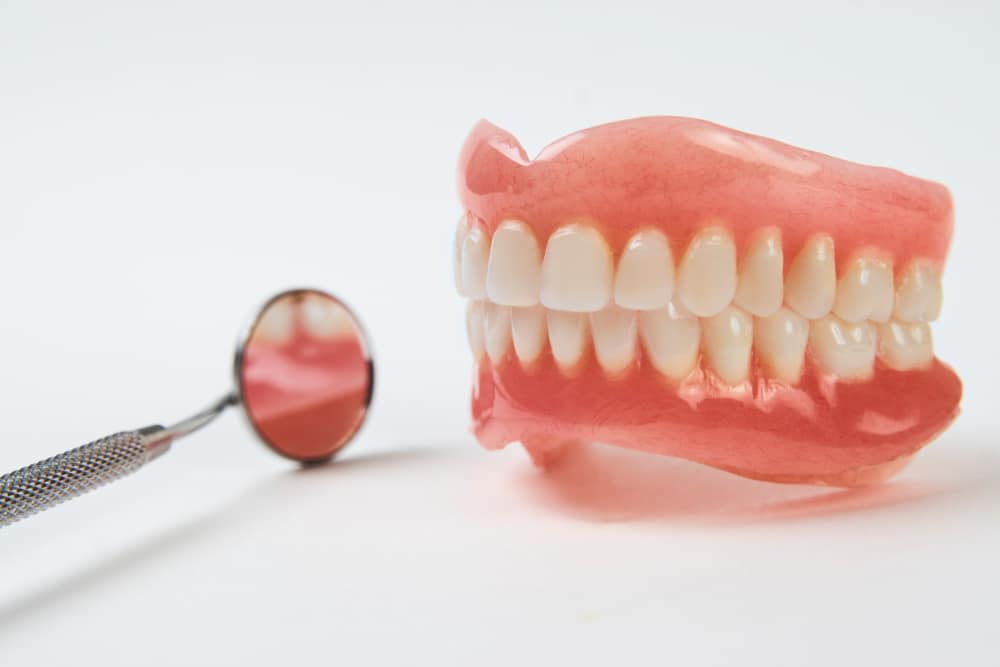With summer drawing to a close and autumnal leaves beginning to yellow, many people are preparing to clean, service, and turn off their air-conditioning units for the winter. The summer just gone has been extended, hot, and grueling, and our air-conditioning units will need a deep clean. However, many people do not know the correct procedure for cleaning an air-conditioning unit, having never had to do it before, or always having had a team of cleaners do it for them. With a global pandemic still in full effect, people are shunning the idea of allowing strangers into their homes, and preferably, and going to clean their units themselves.
This page will tell you how you can clean your air-conditioning unit after a long and hot summer. Read on to find out how.
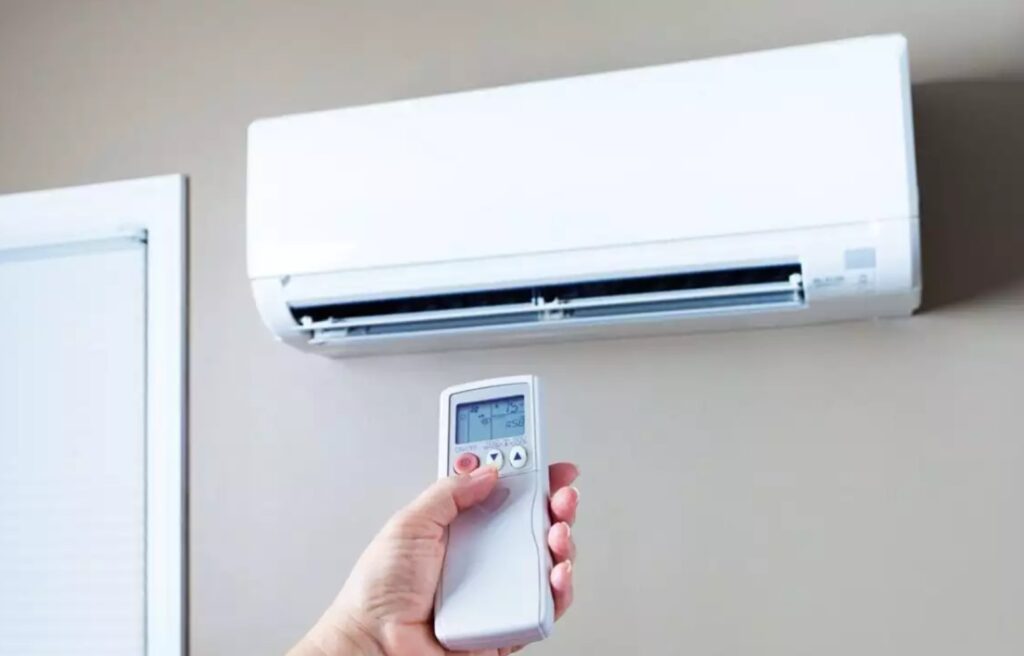
Servicing
Servicing, unfortunately, is one thing you cannot do yourself. While this page will tell you how to clean your air-conditioning unit, it will not tell you how to service your unit, and preferably, this is best left to the professionals. Air-conditioning units can cost a lot of money and are far too precious for you to be tampering around inside them with a screwdriver. The air-conditioning experts of www.coolearth.com.sg, a Singapore-based air-conditioning servicer, explain that chemical washes and servicing are very complex jobs that cannot be performed by anyone who is not a professional. When you have your air-conditioning unit serviced, be sure the servicer wears proper PPE (personal protective equipment) and that they maintain social distancing measures.
Filters
Air-conditioning units all have filters. These filters are layered and trap dust, mold, and airborne particles. Filters are paramount to preventing upper-respiratory irritation and prevent pollutants from entering your home. After a few months of use, your air-conditioning unit’s filters will be filthy and will be in need of a good clean. You should check your filter intermittently and clean it should you see an accumulation of dirt and grime. You must also replace your filters every three months. You can clean your filters by simply removing them, spraying them with a showerhead and some soap, drying them, and re-attaching them; if you notice wear and tear, replace them.
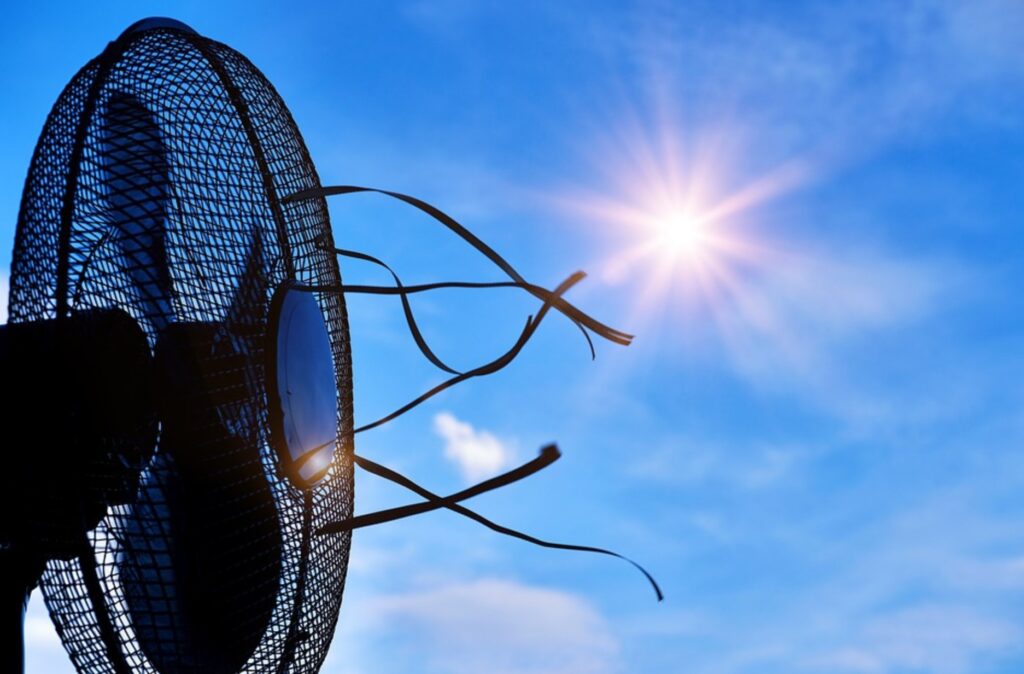
Air Vents
In most homes, it is quite a regular occurrence to find an air vent blocked and clogged up with dirt and grime. If your air vents are not clean, it will mean that the air that is circulating through your home is dirty and that you are breathing in pollutants. You can clean your air vents by simply brushing them with a wire brush or a toothbrush and spraying them with water. Some people use air blowing machines, but these are not recommended and can cause the dirt and grime to embed themselves further down your air vents and cause a deep blockage that may not be easily fixed. There have been rumors dirty ventilation systems can spread viruses through apartment blocks, so regular disinfection is essential. Clean it gently and carefully and ensure that you do not push any dirt or grime further down, as this will be very hard to clean.
Evaporator Coil
As soon as you have cleaned your air vents and your filter, you will want to move on to your evaporator coil; the evaporator coil is an essential component that absorbs heat and transfers it into cool air, thereby allowing the compressor and the blower to distribute cold air throughout your home. After a few months of usage, it is very likely to become caked in dust, dirt, and grime. You can dust down your evaporator coil with a wire brush, a toothbrush, and a wet rag. Once you have cleaned the coil, the water will drain into the drain pan. You should then remove the drain pan and disinfect it. Remove all of the dirt, algae, and grime that may be inside.
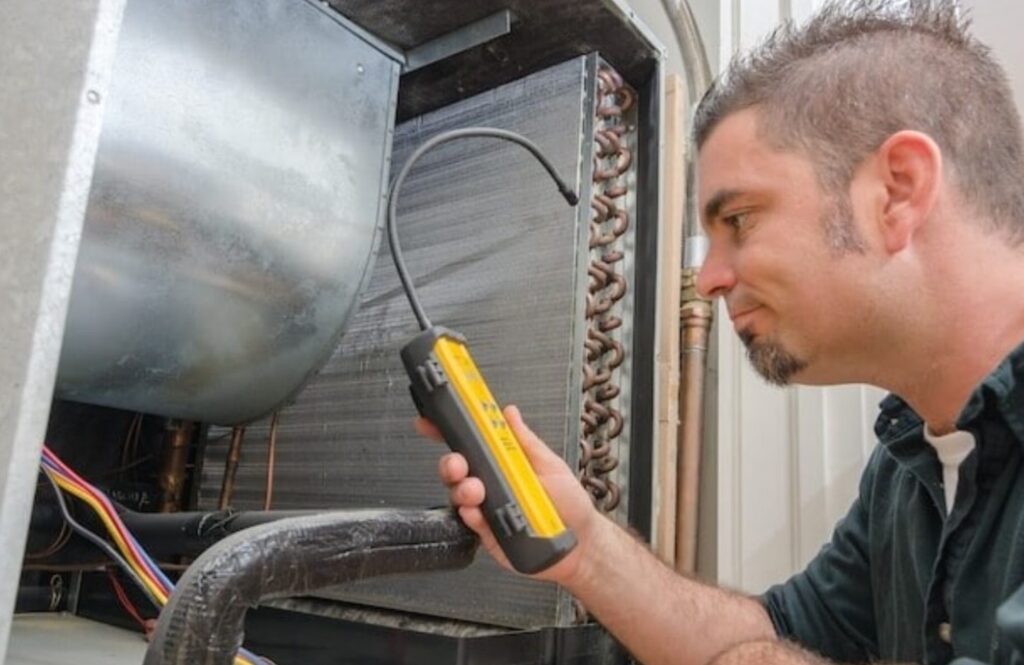
Evaporator Drain
The evaporator coil creates condensation which will drip into the drain pan; the drain pan can, because of this, quickly become blocked with dirt, mold, and grime. When this dirt begins to form, you will find a leakage under your unit as the pan will not drain. In order to find the drain, you should see where the water leaves your home and begin to clean this pipe.
Ductwork
Once you have done all of this, the last step is to examine your ductwork for any damages or dirt. Your ducts can become very dirty, so cleaning them is essential. Check for damage or rust, also. Clean your ductwork with a flannel and a spray bottle. If you notice damage or rust, report it to a technician immediately.
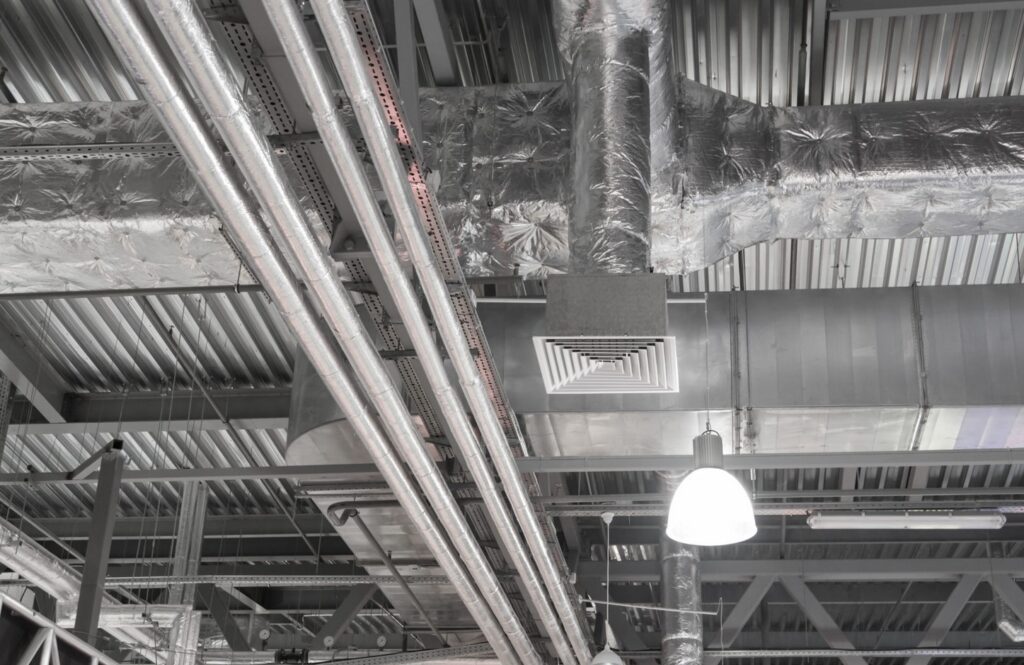
Now, with the help of this page, you know exactly how to clean your air-conditioning unit. Cleaning your air-conditioning unit is a habit you should get into regularly, as otherwise, you may find yourself breathing unclean and contaminated air.

